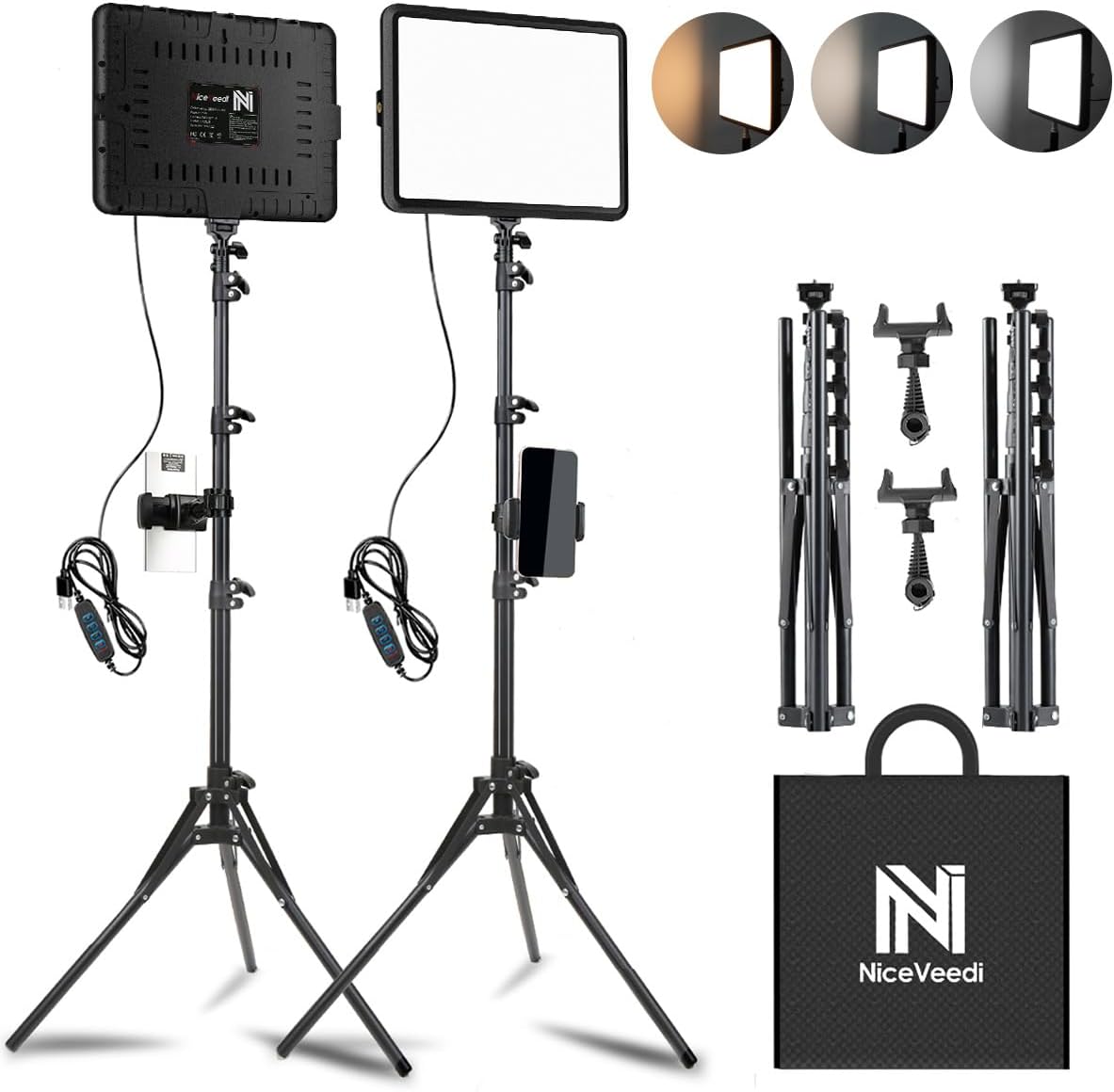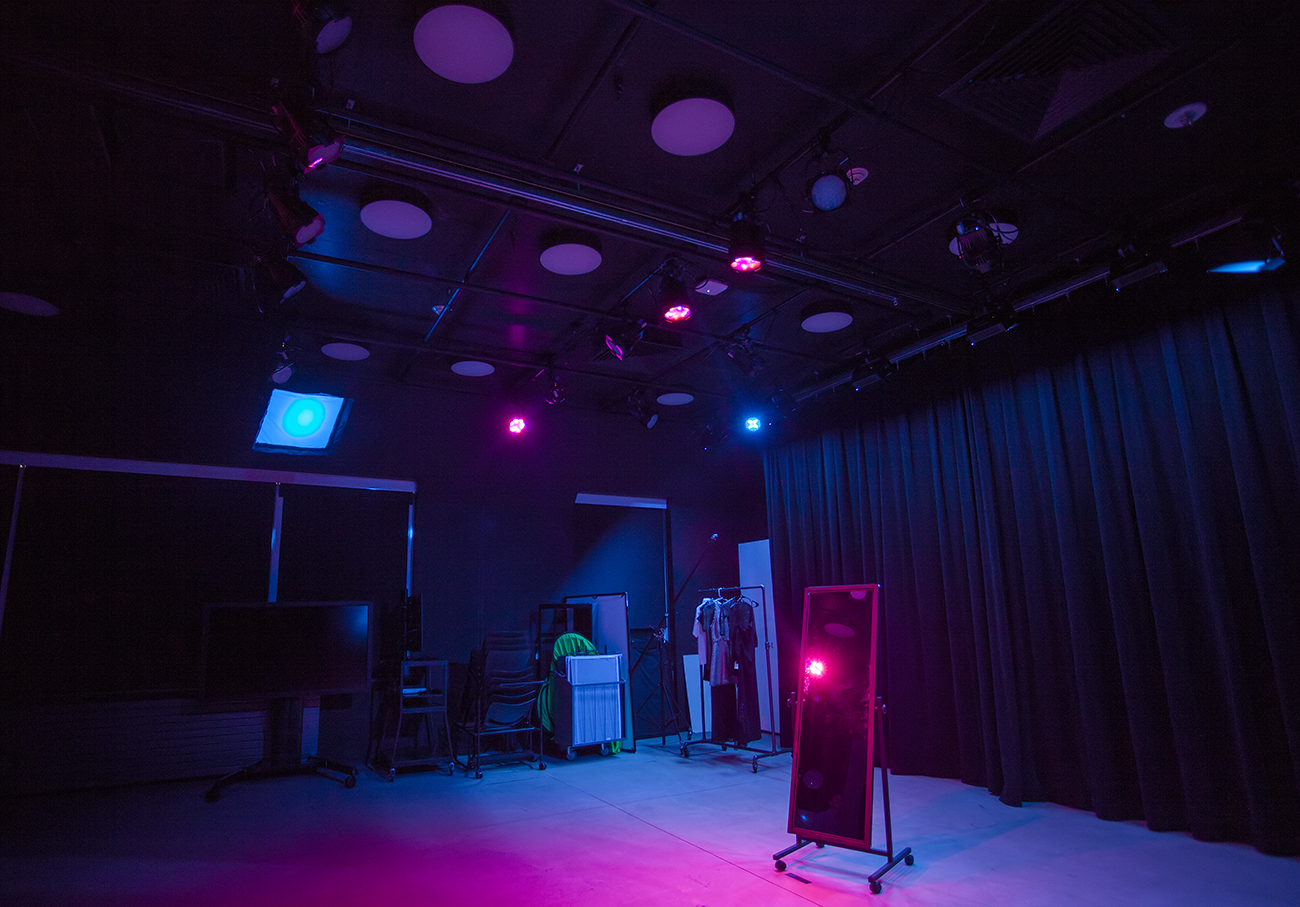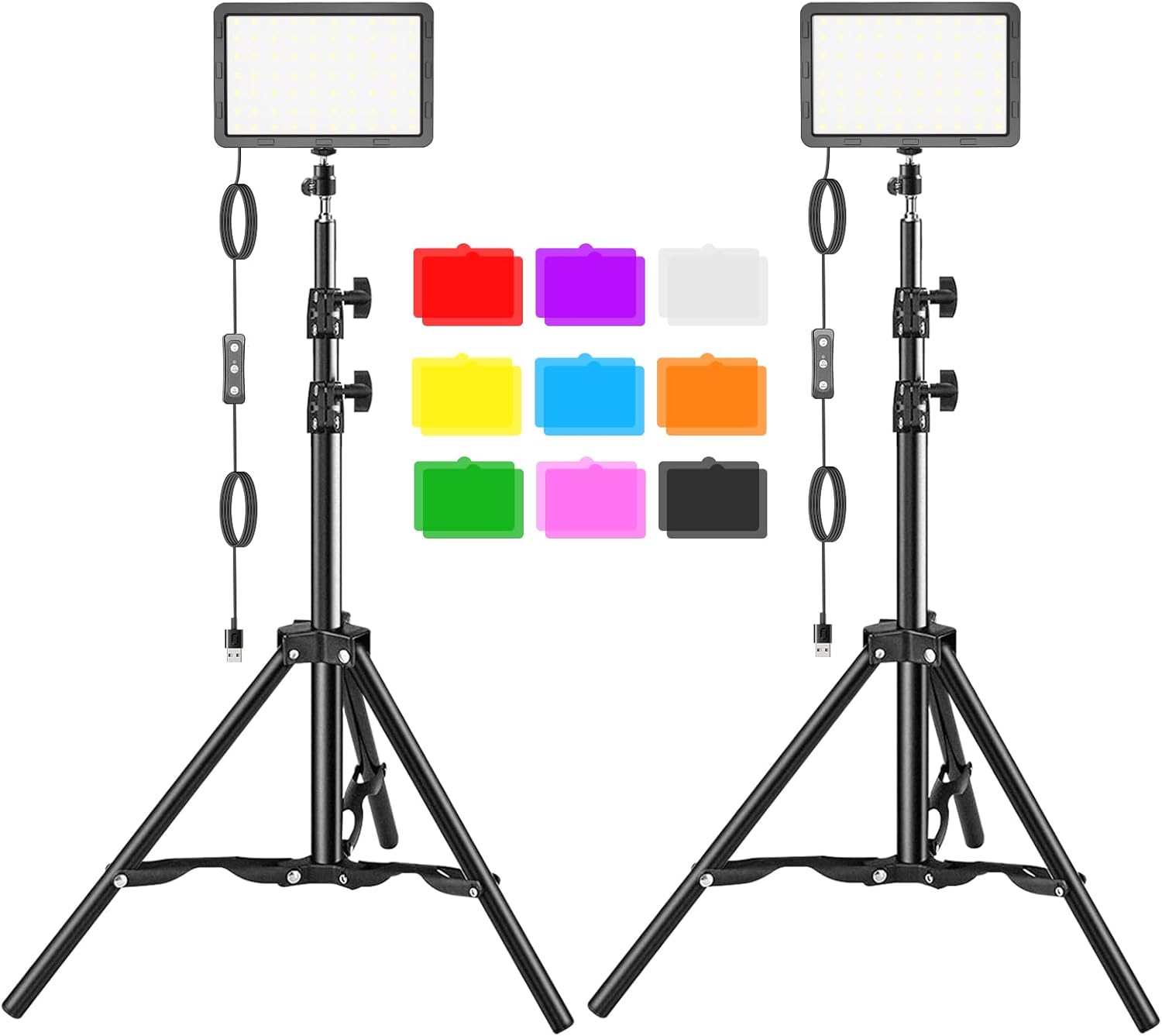How to Use Natural Lighting in Photography to Enhance Images?
Every professional photographer knows that the success of a photograph largely hinges on one essential element: **lighting**. This is where understanding how to use natural lighting in photography becomes paramount. Utilizing natural light effectively can transform an ordinary scene into a breathtaking moment captured in time.
Natural lighting refers to any ambient light that comes from the environment, particularly sunlight. Unlike artificial sources, natural lighting offers a unique quality that can often be more flattering and softer. In this article, we will delve into the various aspects of using natural light in photography, offering tips and strategies tailored specifically for professional photographers.

The Importance of Understanding Natural Light
Understanding light is foundational for all photographers, but when it comes to natural lighting, the nuances can make a tremendous difference. First and foremost, natural lighting provides a range of **colors and tones**, which can influence the mood of your photographs. Natural light changes throughout the day, and each period offers unique characteristics.
Golden Hour Magic
One of the most sought-after times for professional photographers is the so-called **golden hour**. This occurs shortly after sunrise and before sunset, creating a warm, magical quality in the light. During these times, the sunlight is softer and presents a reduced shadow length, which can enhance **textures** and detail in your images.
Why is Natural Lighting Important? highlights the benefits of prioritizing natural light in your work.Understanding Direction and Intensity
Beyond just the time of day, understanding the **direction** and intensity of natural light is crucial. The suns position impacts how shadows form and how colors appear in your compositions. Early morning or late afternoon light may provide longer shadows that add depth, whereas midday sunlight can create harsh shadows that may require diffusing techniques.
To learn more about light placement, check out this resource on lighting placement.

Using Natural Light in Different Conditions
Natural light can vary greatly from one environment to another, and having adaptability as a photographer is vital. Here are tips on utilizing natural lighting across various conditions:
Sunny Days
On bright and sunny days, shadows can become too strong or harsh. As a solution, aim to shoot in shaded areas where the light can become diffused, creating a softer look. This is particularly useful for portrait photography.
Cloudy Days
Clouds act as natural diffusers, softening sunlight and reducing contrast. This can be advantageous for capturing details in both landscapes and portraits, allowing for a more uniform exposure throughout.
Golden Hour vs Blue Hour
While the golden hour is popular, the **blue hour** the period just before sunrise or after sunset provides an entirely different atmosphere. The cool tones present during this time can give your images a serene and dreamy feel, which is ideal for landscape shots.

Technical Considerations When Using Natural Light
When learning how to use natural lighting in photography, it is essential to understand your camera settings and how they interact with the available light. Here are some technical aspects to consider:
ISO Settings
In lower light conditions, such as during cloudy days or twilight, you may need to raise your ISO to achieve the correct exposure. However, be mindful of noise, particularly in the shadows.
Aperture Settings
Your aperture setting can influence how much light enters the camera and will determine the depth of field in your images. A lower f-stop number allows more light, but if you are outdoors during peak sun hours, a higher f-stop may be necessary to reduce exposure.
Shutter Speed
In varying amounts of natural light, adjusting your shutter speed will be necessary to appropriately expose your image and capture motion without blur. The faster the shutter speed, the less light reaches the camera sensor, so adapt accordingly.

Common Challenges with Natural Lighting
Even the most seasoned photographers can encounter challenges while working with natural light:
Dynamic Changes
Since natural light is unpredictable, it can change within minutes, affecting your shots. Always be prepared for modifications in light intensity or direction. Bring reflectors or diffusers to help control the light when necessary.
Inconsistency
While natural light can be beautiful, it can also vary greatly depending on the location and time of year. Understanding the unique characteristics of light in your environment will help you utilize it to your advantage.
Advanced Techniques in Natural Lighting
As you become more comfortable with how to use natural lighting in photography, consider exploring these advanced techniques:
Using Reflectors
Reflectors can bounce natural light back onto your subject, helping to fill in shadows and add a sense of vibrancy. Whether using professional reflectors or a simple piece of white poster board, they offer versatility.
Silhouette Photography
Another creative approach is silhouette photography, which involves backlighting your subject. Aim to place your subject between the sun and the camera, capturing an outline against a glowing background.
Light Painting with Natural Sources
Light painting can also be accomplished by utilizing natural sources such as the moon or sunset. Experimenting with long exposure can yield stunning results, creating a dynamic and ethereal look.
Conclusion: Embracing Natural Light in Photography
Using natural lighting is both an art and a skill requiring practice and experimentation. By honing your understanding of how to utilize light effectively, your photographs can achieve a new level of **expressiveness**. Embrace the nuances of **natural light** and let it enhance your storytelling.
FAQs
-
What is the best time for natural lighting?
The golden hour, just after sunrise and before sunset, offers the most flattering natural light. -
Can I use natural light indoors?
Yes, natural light indoors can be utilized through windows, and light reflects beautifully if positioned correctly. -
How do I control harsh sunlight?
Shooting in shaded areas or using reflectors and diffusers can help manage harsh sunlight effectively.
As an Amazon Associate, I earn from qualifying purchases.

